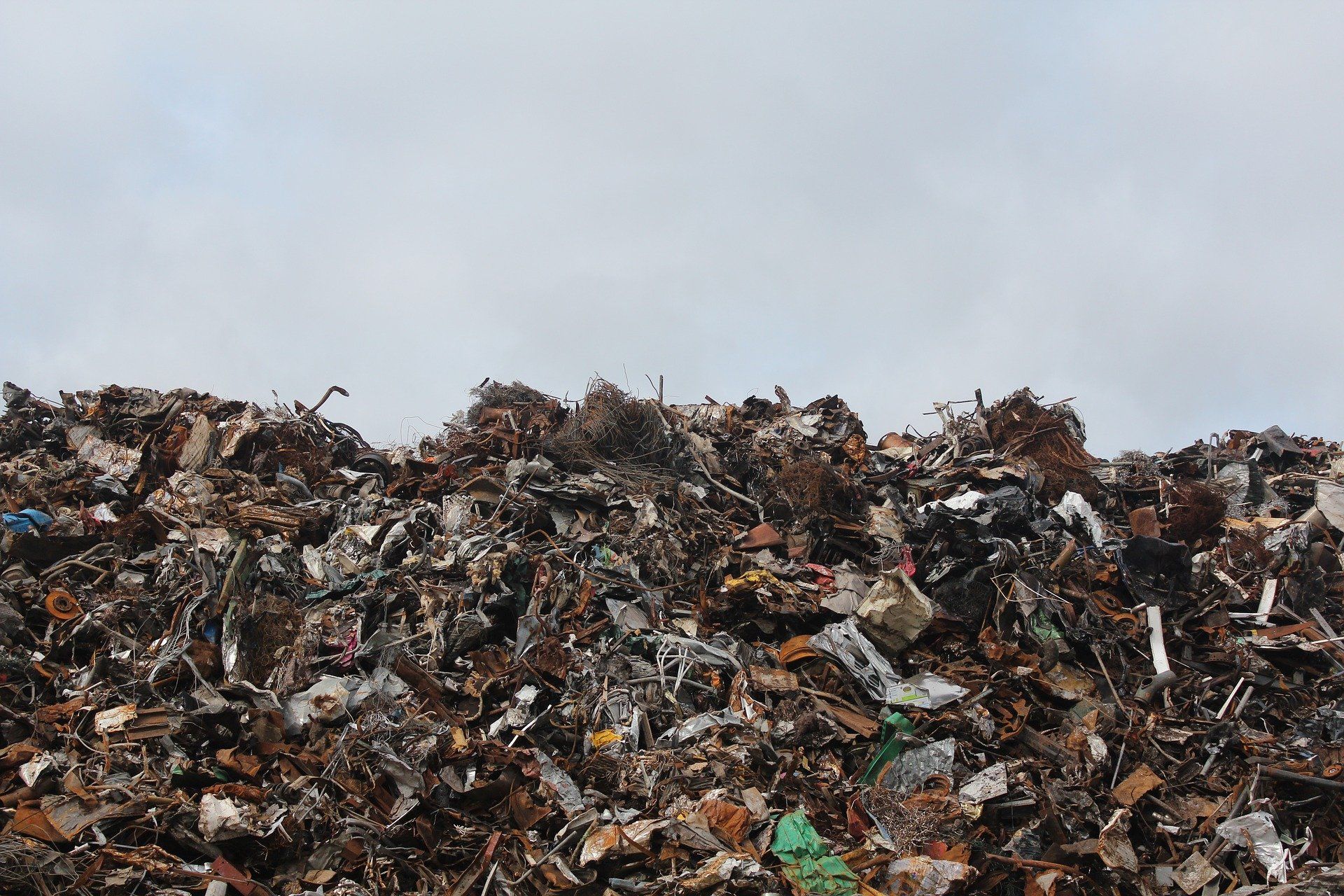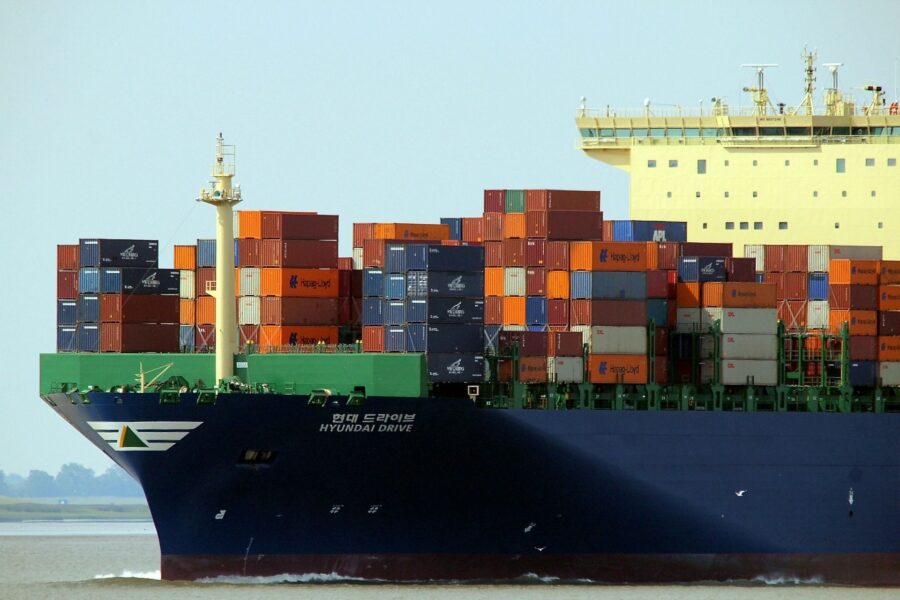
What’s next for Scotland’s circular economy?
It has been almost a year since the Scottish Government announced the Circular Economy Bill would be postponed indefinitely due to the COVID-19 pandemic.
While moving to a circular economy is key to reducing our overconsumption of resources, it also has the potential to make Scotland more resilient to future global crises by creating more local sustainable jobs and developing circular business opportunities. Moving away from our current linear economy will also help us to reduce our reliance on global supply chains and reduce our contribution to the climate crisis.
Circular Economy Bill
While it was understandable that the Circular Economy Bill along with several others were cancelled in light of the pandemic last year, it is now almost a year later and there is still no plan or commitment to the reintroduction of the Bill.
Friends of the Earth Scotland had called for the Bill to be included in the Scottish Government’s recent Climate Change Plan update as the best way to properly capture the impact of our consumption of resources. Yet despite the Climate Plan stating that in order to meet our climate targets, we need “a more rapid transition to a fully circular economy in Scotland” the update left out this key piece of legislation which would enable us to get there.

Most notably for the Bill, we have been calling for robust targets to reduce our carbon and material footprints. We want to see our carbon footprint reduced to net-zero by 2050. This must include imported emissions which are especially significant given the Climate Plan stated that “there is a risk of ‘offshoring’ a significant proportion of Scotland’s waste emissions given that they are not accounted for under our own greenhouse gas inventory’.
This means that even if we reduce our territorial emissions (those produced in Scotland) under the 2045 net-zero target, a large percentage of our emissions will be produced by the other countries we import goods from, so our total emissions will not reach net-zero.
We also want to see a target to reduce our material footprint target by 50% from 2020 to 2030. This means we must half our use of minerals, metals and fossil fuel feedstocks.
EU’s Circular Economy Action Plan
Last week, the European Parliament backed a report which called on the European Commission to set binding 2030 targets for material use and consumption footprint of all products placed on the EU market. However it did not set out what the targets would be and Friends of the Earth Europe is calling on the Commission to set a target to halve our material footprint by 2030.
The report also called for the introduction of product-specific standards for recycled materials to be incorporated into all new products which are placed on the EU market, and backed measures to establish a market for secondary materials so they could better compete with cheap virgin materials.
While any binding targets would no longer apply in Scotland, it’s vital that the Scottish Government follows suit and adopts its own set of targets in any future Circular Economy legislation which will align us with the rest of Europe.
What’s next for Scotland’s circular economy?
In a recent evidence session on the Climate Change Plan at the Environment, Climate Change and Land Reform Committee, Cabinet Secretary Roseanna Cunningham was asked why the Circular Economy Bill was missing from the Plan’s update. She said that the Scottish Government is committed to achieving circular economy outcomes but it will be up to the new administration to take that forward after the election.
However the updated plan wasn’t just missing a commitment to reintroduce the Bill, it also failed to outline any clear and measurable policies in areas such as repair and reuse, both of which are fundamental in a circular economy.
The next Scottish Parliament election is just around the corner with voters going to the polls on the 6th May. We will be using this opportunity to call on Scotland’s political parties to commit to reintroducing the Bill as soon as possible, so we can move away from our current linear economy to one with high rates of reuse, repair and recycling and much less waste.
Find out more about a circular economy here – https://foe.scot/campaign/plastic-pollution/what-is-a-circular-economy/
